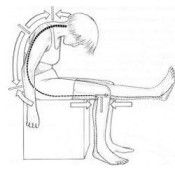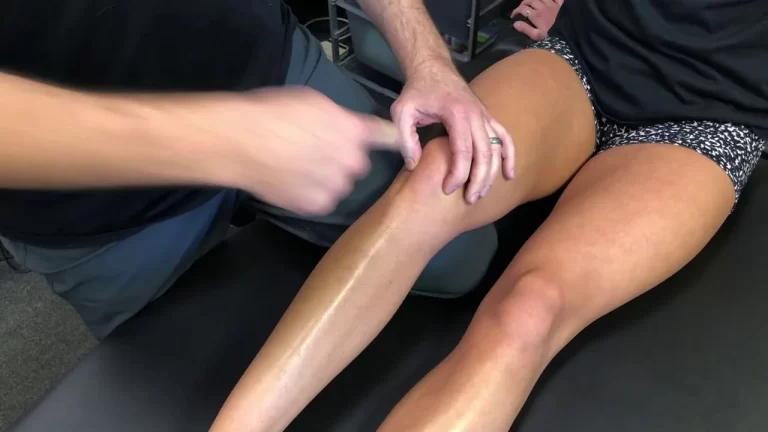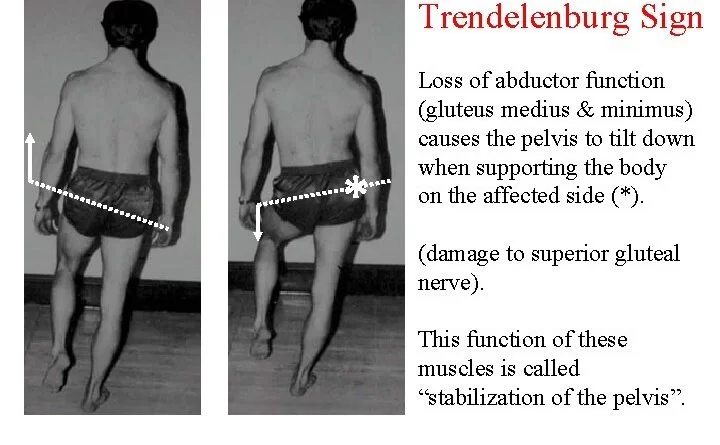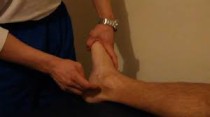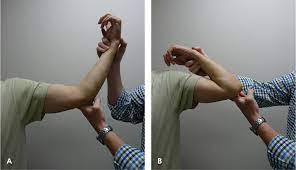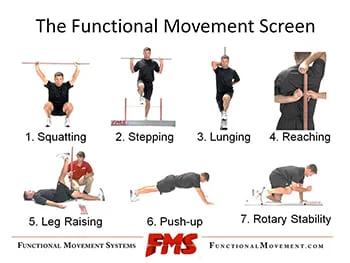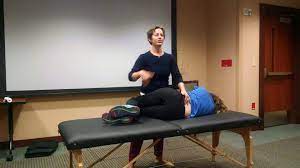Slump Test
The slump test in a medical examination is conducted to identify and diagnose various conditions that may affect the spine, such as nerve compression, disc herniation, or spinal stenosis. It aims to provoke or reproduce the patient’s symptoms by putting mechanical stress on the affected nerve roots or spinal structures.
- This Slump test is used to check the neurodynamic dysfunction of the back & leg.
- This Slump test is applied to the clinic by the physiotherapist when the patient is complaining about back pain with radicular pain in the leg.
- This Slump test has become the most common neurological test for the lower limb.
What is the Purpose of the Slump test?
- This Slump Test is a neural tension test that is used to detect the altered neurodynamics of the body or neural tissue of sensitivity.
What is the technique of the performance of the slump test?
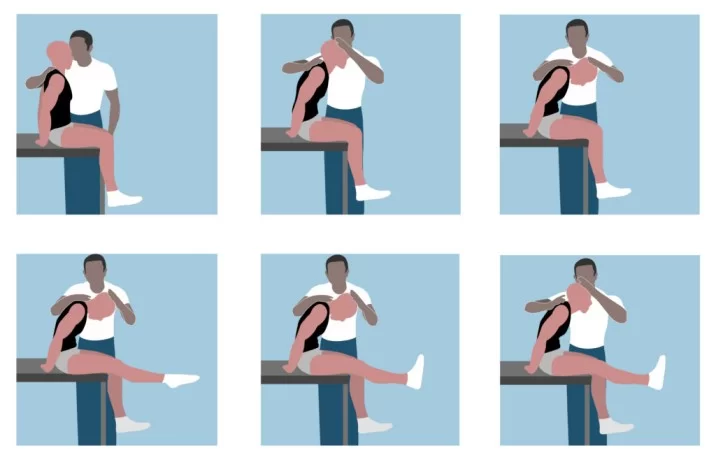
- The patient is seated on the edge of the examining table with the legs supported, the hip joint in neutral position means no rotation, abduction, or adduction & the hands behind the back.
- The examination is performed in sequential steps.
- First, the examiner instructed the patient foe do slump the back into thoracic & lumbar flexion.
- The examiner maintains the patient’s chin in a neutral position to prevent neck & head flexion.
- The examiner then helps one arm to apply over pressure across the shoulders to maintain flexion of the thoracic & lumbar spines.
- While this position heAd, the patient is asked to actively flex the cervical spine & head as far as possible means chin to chest.
- The examiner then applies over pressure to maintain flexion of all three parts of the spine [ cervical, thoracic & lumbar]using the hand of the same arm to maintain over pressure in the cervical spine.
- With the help of the other hand, the examiner then holds the patient’s foot in maximum dorsiflexion.
- While the examiner holds these positions, instruct the patient for doing the actively straighten the knee as much as possible.
- The test is repeated with the other leg & then with both legs at the same time.
What is the result of the slump test?
- If the patient is unable to fully extend the knee because of pain, the examiner releases the over pressure to the cervical spine & the patient actively extended the neck.
- If the knee extended further, the symptoms decrease with neck extension, or if the positioning of the patient increases the patient’s symptoms, then the test is considered positive for increased tension in the neuromeningeal tract.
- Some clinical modify the test to make the knee extension of the test passive.
- Once the patient is positioned with the three parts of the spine in flexion, the examiner first passively extended the knee.
- If symptoms do not result, then the examiner passively dorsiflexes the foot.
- A positive test would indicate the same lesion.
- Butler advocates doing bilateral knee extension in the slump position.
- Any asymmetry in the amount of knee extension is easier to note this way.
- Also, the effect of releasing neck flexion on the patient’s symptoms should be noted.
- Butler has also suggested modification to the slump test to stress individual nerves.
- In the hypermobile patient, more hip flexion > 90′, as well as hip adduction & medial rotation may be required to elicit a positive response.
- It is important that if symptoms are produced in any phase of the sequence, the provocative maneuvers are stooped to prevent undue discomfort to the patient.
- When doing the slump test, the examiner looks for the reproduction of the patient’s pathological symptoms, not just the production of symptoms.
- The test does place stress on certain tissues, so some discomfort or pain is not necessarily symptomatic for the problem.
- For example, nonpathological responses include pain or discomfort in the area of T8-T9, pain or discomfort behind the extended knee & hamstrings, symmetric restriction of knee extension, symmetric restriction of ankle dorsiflexion, & symmetric increased
- Range of knee extension & ankle dorsiflexion on the release of the neck flexion.
Modification of the slump test
| Slump test [ ST1] | Slump test [ ST2] | Side-lying slump test [ST3] | Long sitting slump test [ ST4 ] | |
| Cervical spine | Flexion | Flexion | Flexion | Spinal cord, cervical & lumbar nerve roots, the sciatic nerve |
| Thoracic & lumber spine | Flexion[slump ] | Flexion[slump ] | Flexion[slump ] | Flexion[slump ] |
| Hip joint | Flexion[ 90′ +] | Flexion[ 90′ +],abduction | Flexion[ 20′ ] | Flexion[ 90′ +] |
| Ankle joint | Dorsiflexion | Dorsiflexion | Plantar flexion | Dorsiflexion |
| Nerve bias | The spinal cord, cervical & lumbar nerve roots, the sciatic nerve | Obturator nerve | Femoral nerve | The spinal cord, cervical & lumbar nerve roots, the sciatic nerve |
What is Evidence of the slump test?
- Stankovic et al in 1999
- Result showing:
- Sensitivity of the slump test = poor
- Specificity of the slump test = only slightly better when using the strict cut-off means pain radiating below the knee.
- The sensitivity of the slump test is increased but the specificity of the slump test decreased when using a milder cut-off
- Majlesi et al in 2008
- Result showing :
- Reported a similar sensitivity = 0.84 but the specificity of the slump test = higher (0.83) when using an unknown cut-off for the test result of positive.
FAQs
What is the slump test for physiotherapy?
The slump test is a diagnostic examination performed in physiotherapy to measure and evaluate neurodynamic mobility and sensitivity in neural tissues, namely the sciatic nerve and its branches. It is often used to diagnose nerve problems and to evaluate the existence of neural tension or irritation.
What does a positive slump test mean?
Any type of sciatic pain (radiating, acute, or shooting pain) or recurrence of other neurological symptoms is a positive indicator. This suggests that the sciatic nerve, dural lining, spinal cord, or nerve roots have been impinged.
Which nerve is tested in the slump test?
The Slump test, which is a seated variation of the SLR and Lasègue’s tests, is a sequential set of manoeuvres meant to place the sciatic nerve roots under increasing strain.

